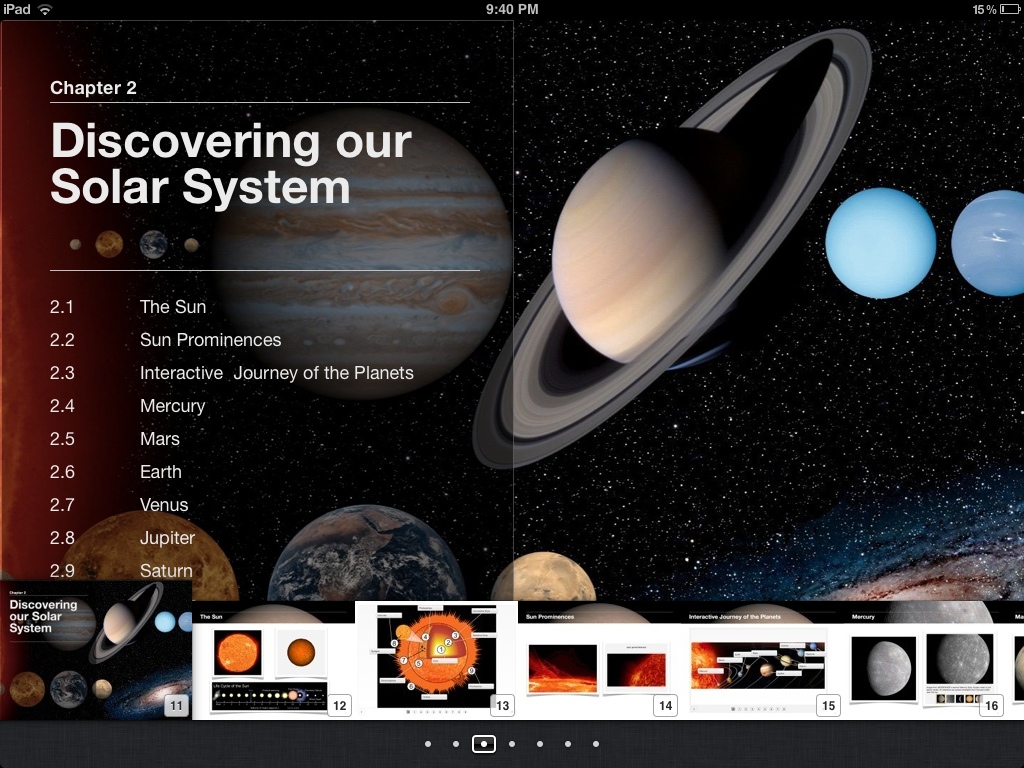Apps are the new books

As far as young mobile users are concerned, apps are cool. Books, traditionally, aren’t. But as books increasingly look and feel like native apps, and as readers begin to expect interactive and informative content they’re accustomed to from the web, publishers have a massive opportunity to capitalize on the unmet need of reading experiences that take the form of engaging native apps.
When Apple introduced the first-generation iPad in 2010, it was apparent the company wasn’t certain how people would use it. Steve Jobs demonstrated new tablet-specific views of the New York Times, showing off how iPads could replace newspapers. He ran through a new tablet-optimized Photos application, which bundled groups of photos into stacks that could replace physical photo albums. But on those use cases, he was preaching to the choir: millions of users had already adopted digital technology as their solution to get news and save their photos. One of the truly significant inclusions in the first-generation iPad was Apple’s all-new e-reading application, iBooks. Now, publishers and writers could provide reading experiences that take full advantage of a tablet’s immersive interface, intuitive controls, and powerful capabilities.

Of course, Amazon had already pioneered digital reading with its Kindle and online stores and services. But the tight integration of a reading-specific app on a powerful tablet computer opened the door for all kinds of new reading experiences. Soon after, at a special textbooks and education event in 2011, Apple unveiled iBooks Author, a Mac app that allowed amateur and professional publishers to build fully interactive iBooks content for iPad. iBooks Author leveraged iWork-like controls to add videos, interactive charts and graphs, and even HTML content directly into an ebook experience. This brought textbooks to life with animated sequences and explanatory interactive content, but also gifted publishers new tools to enrich their books on the iOS platform. But iBooks are just the beginning.
Just as magazine and newspaper companies had new horizons within Newsstand in iOS 5, which allowed for unique update schemas and a dedicated space on every iPad and iPhone home screen, publishers can build native experiences that bring long-form content to new audiences. Through interactive applications, writers and publishers can better relay complex information or new ideas, leveraging tactile charts or graphs and animated elements to convey often-confusing data. The addition of video content and audio add-ons can give readers and writers an opportunity to better discuss complicated topics and digest new ideas. Users engage most actively with the native applications for social media networks, which tell them stories about their friends and family. Now, publishers can use the same interactive user flows and design schemes to tell stories that matter on a wider scale.
Social sharing around books remains in its infancy. Despite dedicated social networks for books that allow users to discuss what they’re reading, the ability to collaboratively read through content and dive into new ideas is still not represented online. The experience of reading with a book club, and routinely discuss readers’ progress and opinions, has yet to be captured in a digital experience. But the opportunity remains. Web reading services like Medium have explored commenting systems that foster discussions around particular passages and quotes. Social networks like Facebook have extensible APIs that will allow readers to log their progress in real time, and to start conversations with friends. Just as people invite friends to join them in their favorite apps and games, users might soon be incentivized to evangelize their favorite books on social.
Adding video and interactivity to books won’t win over everyone—there will always be a contingent that prefers traditional paper books over even the most lifelike e-ink display. But by providing value over and above what even traditional ebooks can offer, publishers and writers can better engage with and inform their readers. Books aren’t going anywhere. But on mobile and tablets, publishers can begin enhancing content to reach new generations of users.